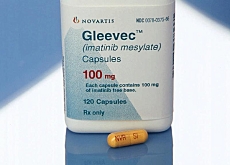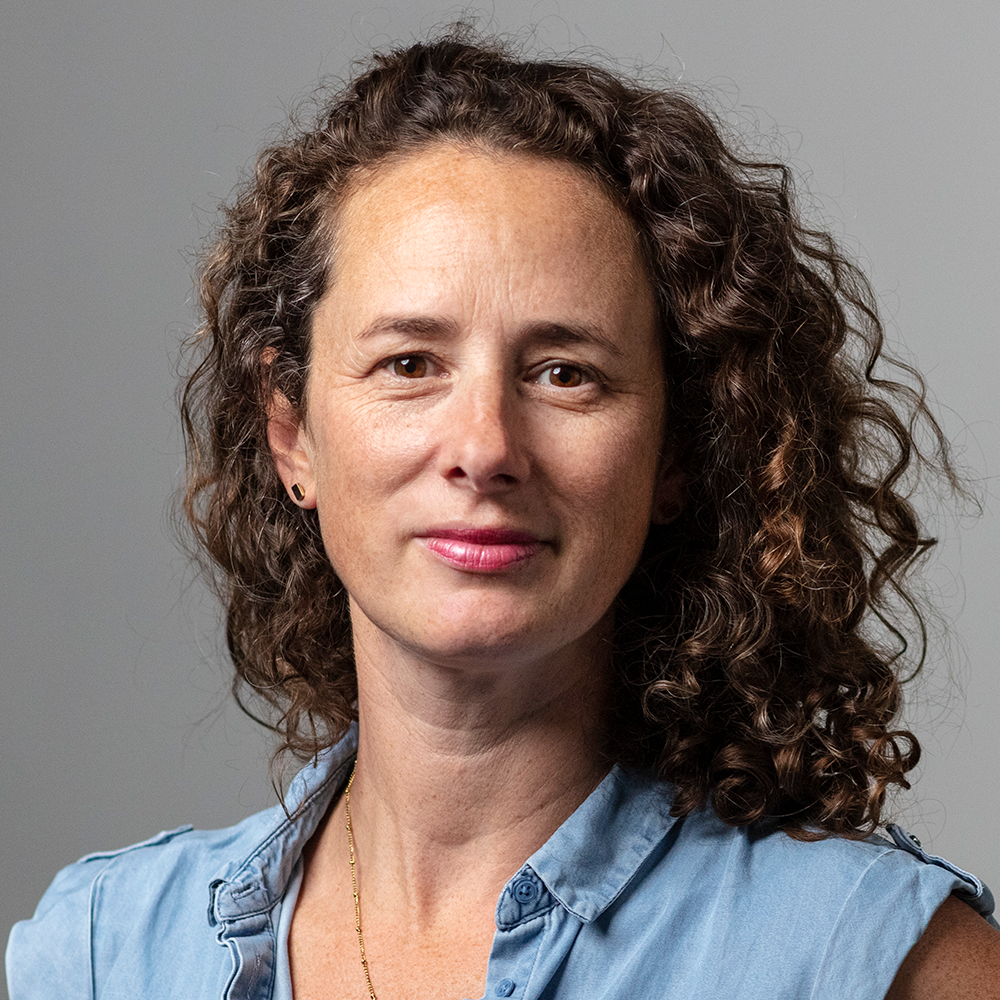cancer drug beats back killer disease

Five years ago Swiss pharmaceutical giant Novartis announced the launch of a radical new drug aimed at defeating a rare type of cancer.
But while Glivec has proven successful at halting the spread of cancer cells related to the blood disease chronic myeloid leukaemia (CML), it is no cure.
Until Glivec, Novartis had been a bit-player in the lucrative cancer treatment market.
The product has earned more than $2.1 billion (SFr2.67 billion) in 2005, with sales increasing by a third.
It only took 32 months from the first human trial of Glivec – an oral drug – to its first licence approval, but it was over a decade in the making.
The drug began life in the late 1980s as a compound known as STI571, synthesised by Ciba Geigy, one of the two companies that merged in 1996 to create Novartis.
The compound was specifically designed to block an enzyme that caused white blood cells to
proliferate in CML.
It was finally the work of an American haematologist and oncologist, Brian Druker, that convinced the firm to test the compound on patients. Druker authored a seminal paper on the performance of STI571 in 1996.
Rational design
Glivec was one of the first cancer drugs to be developed using “rational drug design”. This is based on understanding how cancer cells work.
According to Richard Frank, a professor of health economics at Harvard University, Glivec will be succeeded by many other drugs of the same type.
“There will be very specific indications based on our understanding of genetics and molecular biology that will cause markets to narrow,” he told swissinfo.
“Glivec is an important model for the future.”
According to Novartis, the knowledge gained from the development of the product has opened the doors to new discoveries. One of the company’s investigational compounds, AMN107, was specifically designed to help overcome resistance seen in some Glivec patients.
Glivec itself has proven to be efficient in increasing patients’ survival rates and its side effects
are less harsh than more traditional forms of treatment.
However research has shown that around 95 per cent of these patients still have detectable, if low, levels of residual leukaemia cells after treatment.
No cure
Glivec is not a cure for CML either. In fact, the only effective therapy so far is a bone marrow transplant, with anything between 15 and 50 per cent of patients not surviving the procedure.
Novartis’s product, according to oncologists, gives patients – many over the age of 50 – a better chance of living a full life, even if it means taking a drug all the time.
This is where pricing becomes a chronic pain.
A year’s worth of treatment can cost up to $25,000 in the United States. Some health insurers baulk at footing the bill, while patients without health cover are faced with a real dilemma.
Sitting in his office at Harvard Medical School, Frank said little can be done about the cost of drugs such as Glivec.
“For the moment it is the market price in the US. The question looking forward is whether we can be more thoughtful and perhaps more creative in setting up the regulatory process to reduce the cost of developing drugs and bringing them to market.”
Price has also been a factor in other countries, including South Korea. A dispute between the South Korean government and Novartis in 2002 over the cost of Glivec left some patients without treatment.
But the Swiss firm says that while any form of cancer is expensive to treat, it has taken into account the needs of patients without the resources to pay for the drug.
It reckons that since early 2002 its Glivec International Patient Assistance Program has provided the treatment free of charge in 79 countries to more than 13,600 patients who otherwise would not have had access to the drug.
However this programme, administered by an independent
foundation, is provided mostly in developing countries or nations with inadequate healthcare resources.
swissinfo, Scott Capper
Glivec – or Gleevec in the United States – interferes with the pathways that signal the growth of some tumour cells, targeting the activity of tyrosine kinases enzymes, which play an important role in certain cancer cells.
In clinical studies, more than 90% of patients in chronic phase CML had their white blood cell count return to normal.
CML is a disorder affecting one to two people per 100,000 annually.
Glivec is also approved in the EU, US and elsewhere for the treatment of patients with certain types of gastrointestinal tumours, which cannot be surgically removed or which have already spread to other parts of the body.
Novartis turned in a record profit of SFr7.8 billion ($6.1 billion) with net sales of SFr41.7 billion in 2005.
Healthcare market researchers IMS Health rated Novartis as the fourth-largest pharmaceutical in the world in terms of total pharmaceutical sales (SFr27.08 billion)and estimated the Basel-based giant had a 5.05% share of the total market.
Daniel Vasella was appointed CEO of the newly created Novartis at its inception in 1996 and has served in that role ever since. He became chairman of the company in 1999.

In compliance with the JTI standards
More: SWI swissinfo.ch certified by the Journalism Trust Initiative








You can find an overview of ongoing debates with our journalists here . Please join us!
If you want to start a conversation about a topic raised in this article or want to report factual errors, email us at english@swissinfo.ch.